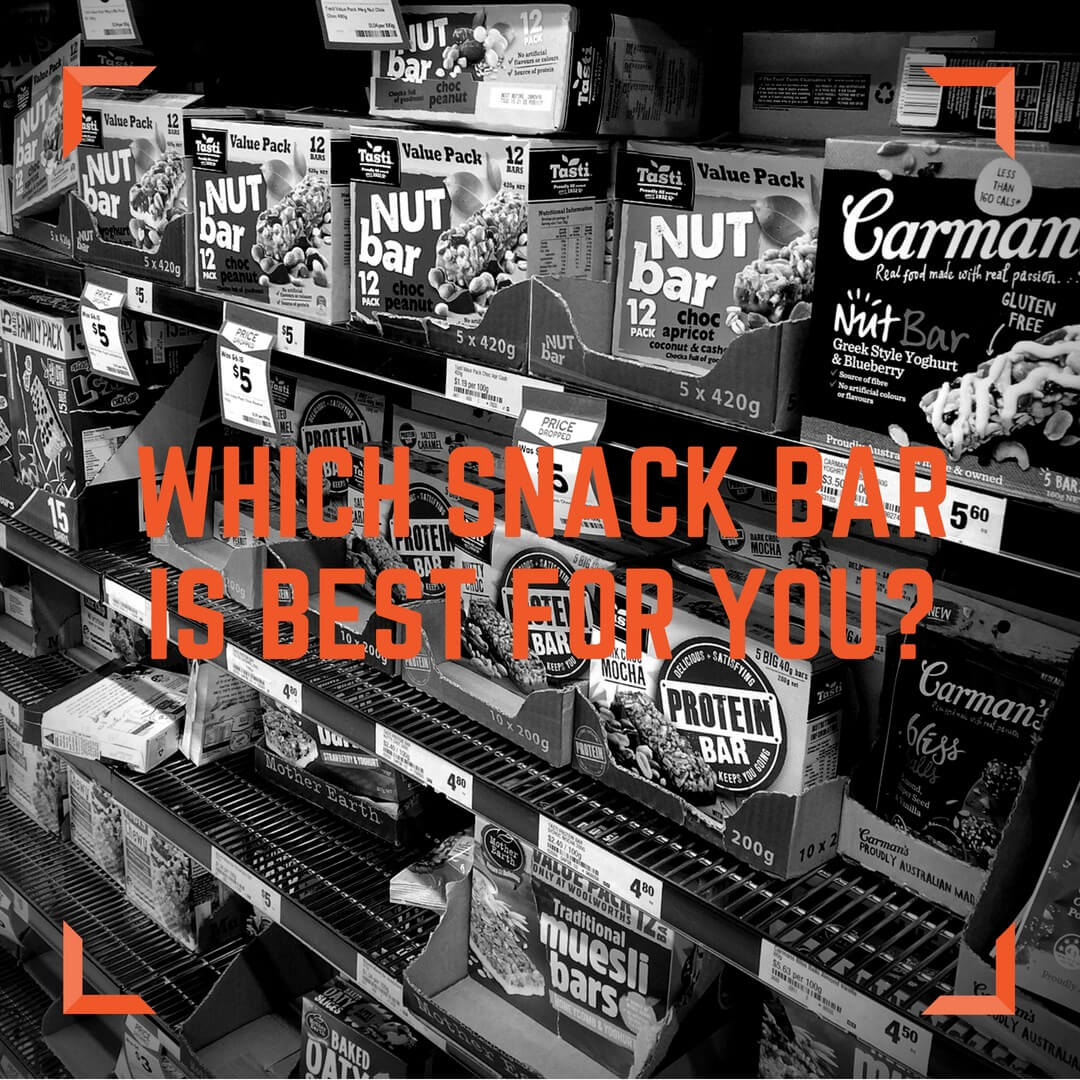It seems like there are thousands of options to choose from when looking at snacks for work or school. Muesli and nut bars are a popular choice because they are convenient and don’t require refrigeration, but don’t be fooled by names like “Mother Earth” or claims such as “no added sugar” – even the healthiest, most natural sounding bars can be filled with some sort of added sweetener and potentially have little to no nutritional value.
Ideally, a good snack bar should contain less than 10g of sugar per 100g, have no or minimal sweeteners added and contain at least 3g of fibre per serve, if possible delivered through nuts or wholegrains.
A good amount of protein would be an added bonus, otherwise a snack bar could be paired with a higher protein food (such as yoghurt) for a well rounded snack.


